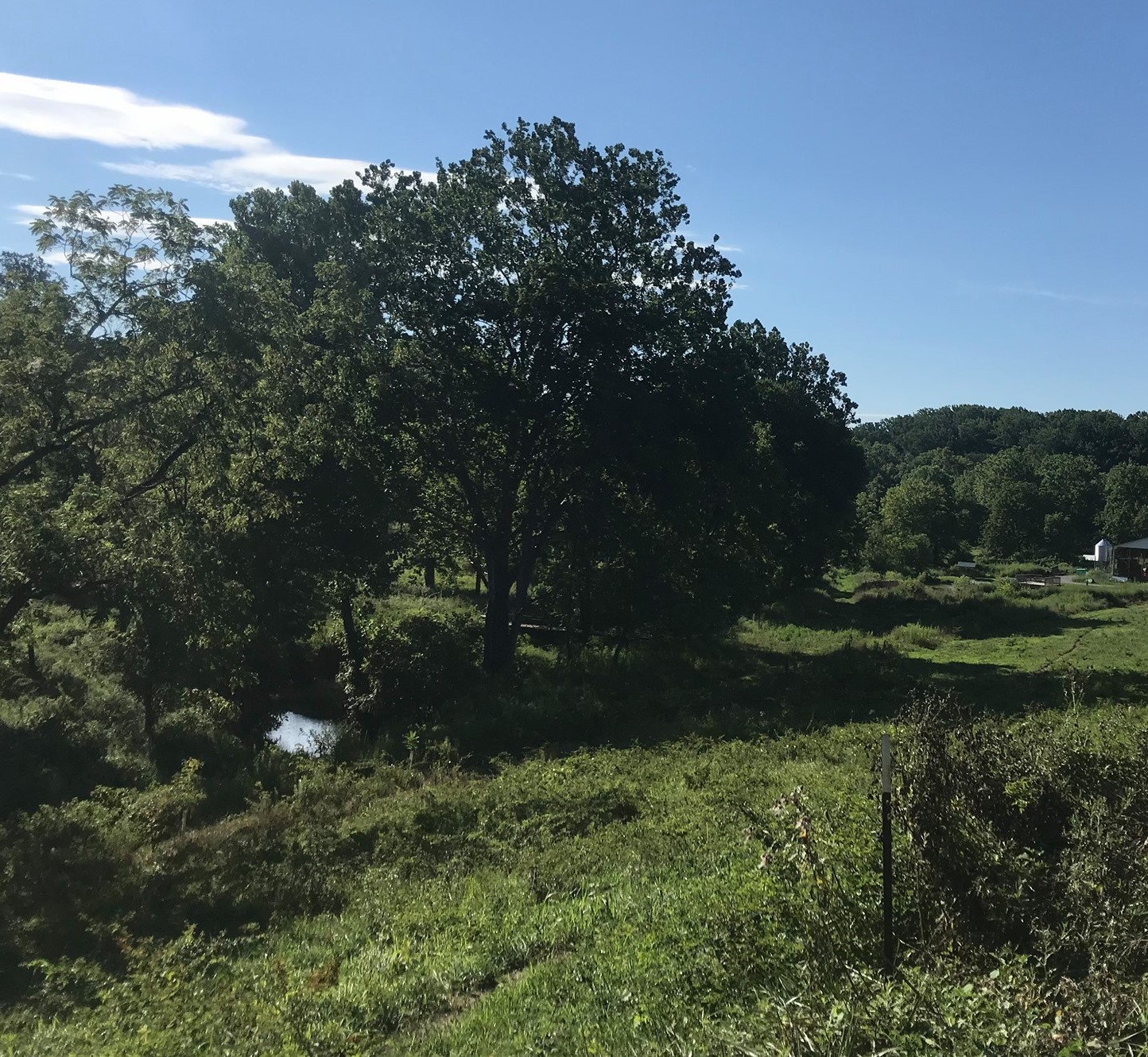Pricing: The Cost of Reality
We know that our products are more expensive than what you can find in a grocery store – despite the fact that our margins are as thin as a grocery store’s.
The components that make our food more expensive include:
- Feed Cost
- Pasture raised ruminant animals – If the grass is free, why is the beef so expensive? It’s true that our beef and lamb only eat grass. Most of our beef cost is reflective of labor cost. It takes us at least six months longer to raise a beef steer than a factory feedlot. Our managed intensive grazing methodology requires labor and attention every day.
- Ducks, pigs, and chickens – While these animals are on pasture and woodlands every day, they do consume an organic grain mixture. If we didn’t provide them with grains, the ducks and chickens wouldn’t produce eggs, and the pigs wouldn’t grow. The certified USDA grain mixture we use is expensive. We cannot even find this soy-free mixture in Maryland, so we drive to Lancaster PA to pick up 14,000 lbs at a time.
- Labor Cost – We do not raise animals on a feedlot. Feedlots are designed to be very machine intensive and not require a lot of labor. Our method of raising animals on pasture and in woodlands is much better for the animals, and it requires more labor.
- Environmental Stewardship – We are happy not to use antibiotics and harsh chemicals to help animals get over illnesses. However, it’s more expensive for our staff to administer herbs to bring our animals back to health. Ultimately, raising animals in a clean, healthy, grassy environment is important to us and our customers.




Your point of view caught my eye and was very interesting. Thanks. I have a question for you.